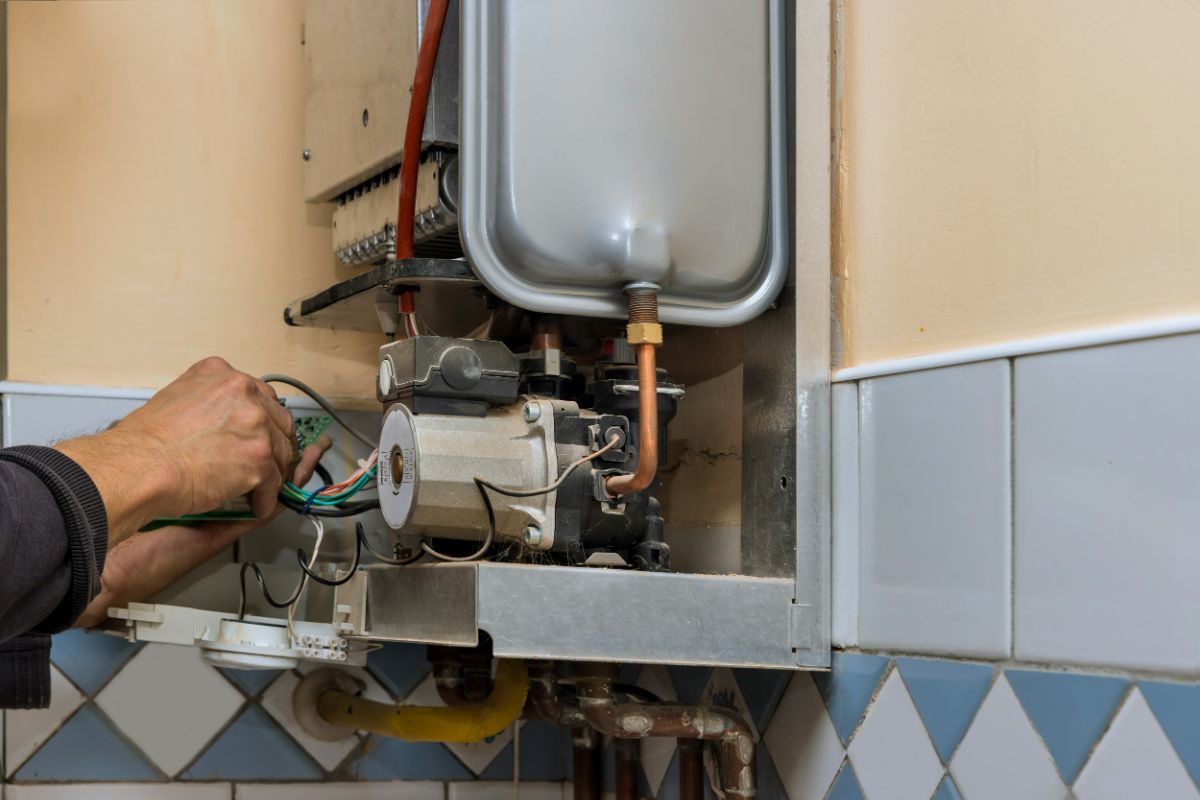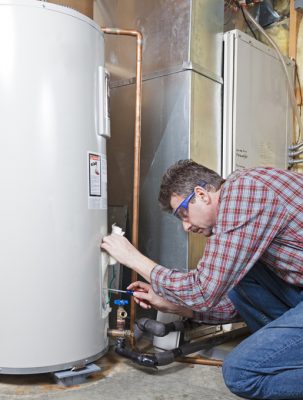We've uncovered this post involving What Kind of Maintenance Do Water Heaters Need? below on the internet and figured it made good sense to write about it with you here.

Hot water is essential for day-to-day comfort, whether it's for a revitalizing shower or washing dishes. To ensure your hot water system runs successfully and lasts much longer, routine upkeep is essential. This post gives useful pointers and insights on just how to maintain your home's warm water system to stay clear of disturbances and pricey fixings.
Introduction
Preserving your home's warm water system may seem complicated, yet with a few easy actions, you can ensure it runs efficiently for several years to come. This guide covers everything from understanding your hot water system to do it yourself upkeep suggestions and knowing when to call specialist aid.
Significance of Keeping Your Warm Water System
Routine upkeep not only prolongs the lifespan of your warm water system but likewise guarantees it operates successfully. Overlooking upkeep can result in decreased effectiveness, greater power costs, and also premature failure of the system.
Indications Your Warm Water System Requirements Upkeep
Recognizing when your hot water system needs focus can prevent major problems. Watch out for signs such as irregular water temperature level, odd sounds from the heating system, or corroded water.
Understanding Your Hot Water System
Before diving into maintenance jobs, it's helpful to understand the basic components of your hot water system. Usually, this includes the hot water heater itself, pipelines, anode poles, and temperature level controls.
Regular Monthly Upkeep Tasks
Regular monthly checks can help capture small concerns prior to they escalate.
Purging the Hot Water Heater
Purging your hot water heater gets rid of debris accumulation, enhancing effectiveness and lengthening its life.
Checking and Replacing Anode Rods
Anode poles protect against deterioration inside the tank. Evaluating and changing them when worn is critical.
Inspecting and Changing Temperature Level Settings
Changing the temperature level settings makes sure optimal efficiency and security.
DIY Tips for Maintenance
You can execute a number of maintenance tasks yourself to keep your warm water system in top condition.
Looking for Leaks
Frequently examine pipes and connections for leaks, as these can bring about water damages and higher costs.
Checking Pressure Alleviation Valves
Evaluating the pressure safety valve ensures it operates properly and prevents extreme pressure build-up.
Insulating Pipelines
Protecting hot water pipelines reduces heat loss and can conserve energy.
When to Call a Specialist
While do it yourself maintenance is helpful, some problems call for expert knowledge.
Facility Problems Calling For Expert Aid
Examples consist of major leaks, electrical troubles, or if your water heater is consistently underperforming.
Routine Specialist Upkeep Advantages
Specialist maintenance can consist of comprehensive examinations, tune-ups, and guaranteeing conformity with security criteria.
Conclusion
Normal maintenance of your home's hot water system is crucial for efficiency, durability, and price savings. By complying with these pointers and knowing when to seek specialist help, you can guarantee a reputable supply of warm water without unanticipated disruptions.
How to Maintain an Instant Hot Water Heater
Before tinkering with your hot water heater, make sure that it’s not powered on. You also have to turn off the main circuit breaker and shut off the main gas line to prevent accidents. Also turn off the water valves connected to your unit to prevent water from flowing into and out of the appliance. 2. When you’re done, you have to detach the purge valves’ caps. These look like the letter “T” and are situated on either side of the water valves. Doing so will release any pressure that has accumulated inside the valves while at the same time avoid hot water from shooting out and burning your skin. 3. When the purge valves’ caps are removed, you have to connect your hosing lines to the valves. Your unit should have come with three hoses but if it didn’t, you can purchase these things from any hardware or home repair shops. You can also get them from retail stores that sell water heating systems. Read the user’s manual and follow it to complete this task properly. When the hosing lines are connected, open the purge port’s valves. 4. You should never use harsh chemical cleaners or solutions when cleaning your unit. Make use of white vinegar instead. It should be undiluted and you’ll probably use about 2 gallons. 5. Now flush your water heater. This task should probably take about 40 minutes. We can’t give you specific directions for this because the procedure is carried out depending on the type, model and brand of your heater. With that being said, refer to the user’s manual. 6. When you’re done draining the unit, you have to turn off the purge port valves again. Remove the hosing lines that you earlier installed on each of the water valves. Put the valve caps (purge port) back in their respective places and be very careful so as not to damage the rubber discs that are found inside these caps. 7. Now that everything’s back in place, check your user’s manual again to find out how to reactivate your water heating system. 8. Once it is working, turn one of your hot water faucets on just to let air pass through the heater’s water supply pipes. Leave the tap on until water flows smoothly out of it. https://www.orrplumbing.com/blog/2014/september/how-to-maintain-an-instant-hot-water-heater/

I stumbled upon that blog entry on What Kind of Maintenance Do Water Heaters Need? when doing a search on the internet. Are you aware of somebody else who is intrigued by the subject? Do not hesitate to promote it. We truly appreciate reading our article about Tips For Maintaining Your Hot Water Heater.
This Post